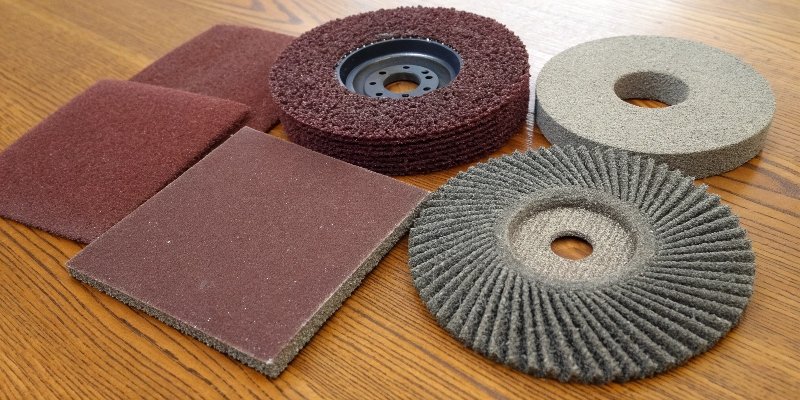
Choosing the wrong abrasive leads to poor results and wasted material. This hurts your production timeline and bottom line. Understanding abrasives is the simple solution for better efficiency.
Abrasives are hard, granular materials used to shape, finish, or grind other materials through friction. They can be natural, like diamond, or man-made, like silicon carbide. They’re found in grinding wheels, sandpaper, and polishing compounds, forming the foundation of modern manufacturing processes.
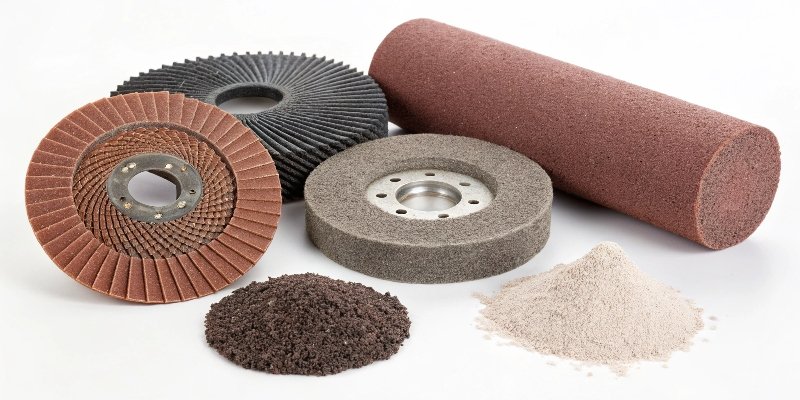
That’s the basic idea. But the world of abrasives is much bigger than that. As a manufacturer in Henan, China’s abrasive heartland, we live and breathe this stuff. We have spent nearly three decades perfecting our products. We know that the right abrasive can make or break a project. So, let’s dig into the details. Understanding the specifics will help you make smarter purchasing decisions and improve your entire operation. Let’s start with some common examples.
What are abrasives and examples?
Feeling overwhelmed by abrasive choices? The terms sound similar, making it hard to know what you really need. This confusion can lead to buying the wrong product, causing production delays.
Abrasives are hard materials that shape others through friction. Examples include natural diamond for cutting stone and man-made aluminum oxide for grinding steel. Other common examples are silicon carbide for ceramics and cubic boron nitride (CBN) for superalloys. They are essential in many industries.
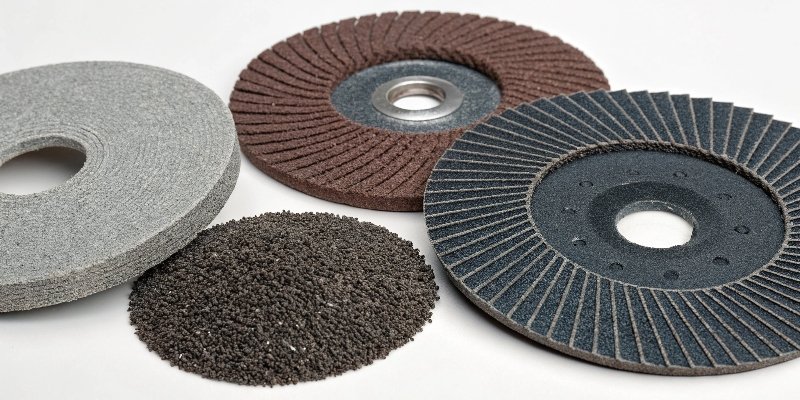
Let’s break this down further. Abrasives1 fall into two main categories. We use both in our factory every day and have seen how they perform in countless applications.
Natural Abrasives
These are minerals found in nature. For centuries, they were the only option. Diamond is the most famous example. It is the hardest known material on earth. This makes it perfect for cutting very hard things like stone, concrete, and advanced composites. We see its power firsthand in our high-performance diamond saw blades2. Another natural abrasive is Corundum3, which is a natural form of aluminum oxide4. It is less common today but was historically important for making sandpaper and some basic grinding wheels5.
Synthetic Abrasives
These are man-made materials, engineered for specific jobs. This is where most modern innovation happens. At our Henan facility, we specialize in these advanced materials. We produce huge amounts of synthetic Aluminum Oxide because its toughness and cost-effectiveness make it perfect for grinding metals. We also manufacture Silicon Carbide, which is very hard and sharp. It is ideal for grinding non-ferrous metals, ceramics, and glass. For the toughest jobs, we turn to superabrasives6 like Cubic Boron Nitride (CBN)7 and synthetic diamond. These are a huge part of our business and are crucial for high-precision, high-speed grinding operations8 in aerospace and automotive industries.
What is abrasive in a grinding wheel?
A grinding wheel seems simple, but its performance is surprisingly complex. Do you know what really does the work? Using a wheel with the wrong abrasive leads to slow cutting or a poor finish.
The abrasive in a grinding wheel is the collection of hard, sharp mineral grains that do the actual cutting. These grains are mixed with a bonding agent that holds them together in the wheel’s shape. This combination of abrasive grain and bond determines the wheel’s performance.
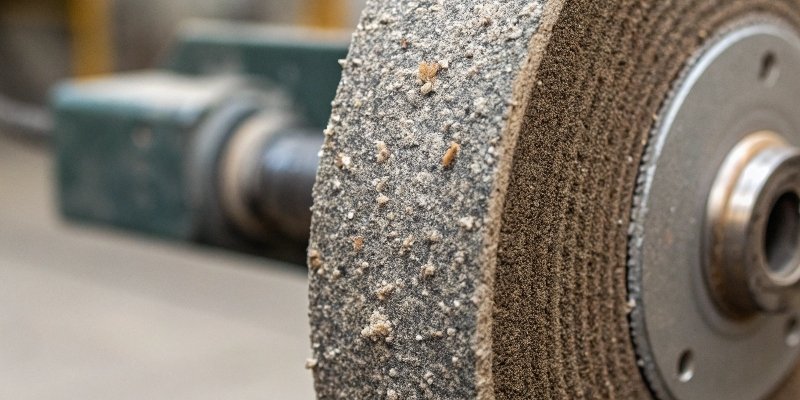
Think of a grinding wheel as a tool with thousands of tiny cutting points. Each of those points is an individual abrasive grain. These grains are what remove material from your workpiece. But the grains do not work alone. They are held in place by a "bonding agent9". This bond acts like a support structure. As the wheel grinds, old, dull grains break away. This action exposes new, sharp grains underneath. This self-sharpening process is what keeps the wheel cutting effectively. The relationship between the abrasive grain and the bond is critical. A bond that is too hard will not release dull grains, causing the wheel to glaze over and stop cutting. A bond that is too soft will wear down too quickly, wasting the abrasive. Getting this balance right is a core part of our manufacturing process. We carefully engineer our wheels for optimal performance based on this interaction.
| Component | Role in the Grinding Wheel |
|---|---|
| Abrasive Grain | The cutting tool. It removes material from the workpiece. |
| Bonding Agent | The glue. It holds the abrasive grains together. |
| Pores/Structure | Empty spaces. They provide clearance for chips to escape. |
What are the types of abrasives used in grinding?
So many abrasive types exist. Aluminum oxide, silicon carbide, CBN… it’s easy to get confused and make a costly mistake. Using the wrong one can damage your workpiece or wear out your wheel.
The most common abrasives in grinding are aluminum oxide, silicon carbide, ceramic aluminum oxide, diamond, and cubic boron nitride (CBN). Each is chosen based on the material being ground. For example, aluminum oxide is for steel, while diamond is for non-ferrous materials and composites.
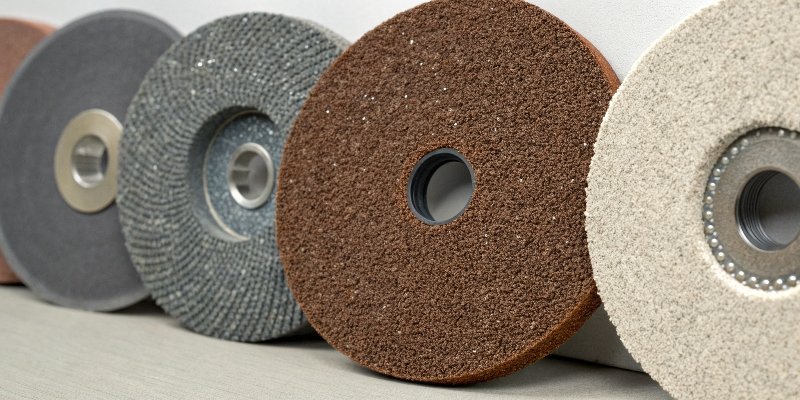
At our factory in Henan, we work with a wide range of abrasive materials. Matching the abrasive to the application is something we have perfected over 30 years. It’s the most important decision in grinding.
Conventional Abrasives
These are the workhorses of the industry. Aluminum Oxide (Al₂O₃) is the most common. It’s tough and versatile, making it perfect for grinding ferrous metals like carbon steel and alloy steel. Silicon Carbide (SiC) is harder and sharper than aluminum oxide. We recommend it for grinding non-ferrous metals like aluminum and brass, as well as cast iron and very hard, non-metallic materials like ceramic and stone.
Superabrasives
These are for the most demanding jobs. Cubic Boron Nitride (CBN) is the second hardest material, right after diamond. Its great advantage is thermal stability, so it is the best choice for grinding hardened ferrous metals, superalloys, and tool steels. Diamond is the hardest material. It is the ultimate choice for grinding extremely hard materials like tungsten carbide, ceramics, glass, and concrete. However, diamond reacts with iron at high temperatures, so we never recommend it for grinding steel.
| Abrasive Type | Best For Grinding | Avoid Grinding |
|---|---|---|
| Aluminum Oxide | Steel, ferrous alloys | Soft, non-ferrous metals |
| Silicon Carbide | Cast iron, non-ferrous metals, ceramics, stone | Steel (less efficient) |
| CBN | Hardened steel, superalloys, tool steels | Soft materials |
| Diamond | Tungsten carbide, ceramics, glass, concrete | Steel, ferrous alloys |
What are the 4 types of abrasives for metal?
Grinding metal presents unique challenges. Choosing from a sea of abrasives to find the right one feels impossible. The wrong choice dulls quickly and leaves a bad finish on your metal parts.
The four main abrasives for metal are Aluminum Oxide, Ceramic Alumina, Zirconia Alumina, and Cubic Boron Nitride (CBN). Aluminum oxide is for general steel grinding. Ceramic and Zirconia are for aggressive removal on stainless steel. CBN excels on hardened tool steels.
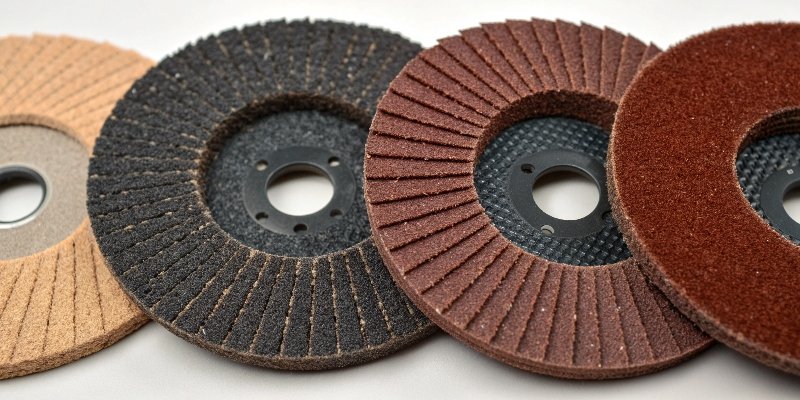
Metal grinding is a huge part of our business. Our customers demand precision and efficiency. Over the years, we’ve found that narrowing the choices down to four key types helps our clients get the best results.
1. Aluminum Oxide
This is the standard, all-purpose abrasive for ferrous metals. It is cost-effective and reliable for general-purpose grinding of carbon and alloy steels. It offers a good balance of cutting speed and finish. We produce tons of aluminum oxide wheels because they are so versatile for many workshops.
2. Zirconia Alumina
This is a tougher, more durable abrasive. It is a mix of aluminum oxide and zirconium oxide. It has a unique self-sharpening characteristic. The grains fracture under pressure to expose new sharp edges. This makes it excellent for heavy stock removal on metals like stainless steel. It lasts much longer than standard aluminum oxide under high pressure.
3. Ceramic Alumina
This is a high-performance, man-made abrasive. It is manufactured to have a very fine microcrystalline structure. As it wears, tiny crystals break off, constantly exposing fresh, sharp cutting edges. This makes it extremely durable and fast-cutting. It excels in high-production grinding on tough-to-grind alloys. The initial cost is higher, but the long life and speed often make it more economical.
4. Cubic Boron Nitride (CBN)
This is a superabrasive designed for ferrous metals. When you need to grind hardened tool steels or superalloys, CBN is the best answer. It maintains its hardness at high grinding temperatures. This allows for fast, cool cutting with minimal damage to the workpiece. This is a specialty product we are very proud of at our RL brand.
Conclusion
Understanding abrasives—from common aluminum oxide to superhard CBN—is key. This knowledge helps you choose the right tool, improve efficiency, and lower costs for any grinding application.
-
Explore the various types of abrasives to enhance your understanding and improve your manufacturing processes. ↩
-
Discover the benefits of using diamond saw blades for cutting hard materials. ↩
-
Find out about Corundum’s historical significance and current applications. ↩
-
Understand why aluminum oxide is a popular choice for many grinding applications. ↩
-
Learn about the components of grinding wheels to optimize your grinding operations. ↩
-
Discover when to use superabrasives for optimal grinding performance. ↩
-
Explore the benefits of CBN for high-precision grinding tasks. ↩
-
Find tips and techniques to enhance your grinding operations for better results. ↩
-
Learn about the role of bonding agents in maintaining grinding wheel performance. ↩
Written by
leeon
You may also be interested in:
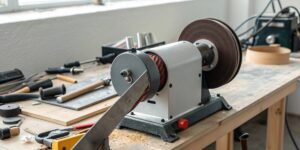
What belt grinder should a (beginner) knife maker own?
Starting knife making is exciting, but choosing the right grinder is overwhelming. The wrong one ruins projects and wastes money. This guide simplifies picking the
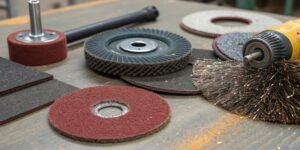
What are the uses of abrasives? What are some examples?
Struggling with tough materials? The wrong abrasive tool can ruin your project and waste money. Abrasives offer the power to shape, finish, and polish almost
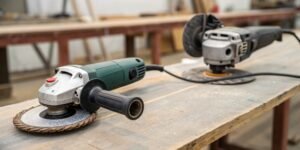
Is a corded angle grinder better than a cordless one?
Struggling between consistent power and job site freedom? Choosing the right angle grinder is a critical decision that directly affects your team’s efficiency, safety, and
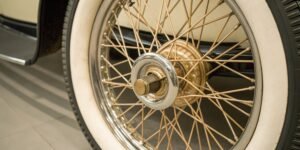
What is the history of the wire wheel?
Are you curious about the origins of the simple wire wheel? Its fascinating history is deeply connected to incredible innovations in transportation and has shaped
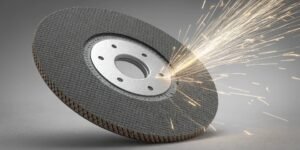
Which Material Is Used in Making a Cutting Wheel?
Struggling with poor cuts and wheel breakage? The wrong materials waste money and risk safety. Understanding the key components helps you choose the perfect cutting
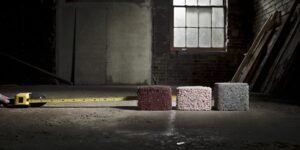
What is the formula for calculating abrasive grit size?
You need a specific surface finish, but abrasive grit numbers are confusing. Picking the wrong grit wastes time, ruins parts, and costs you money, directly
